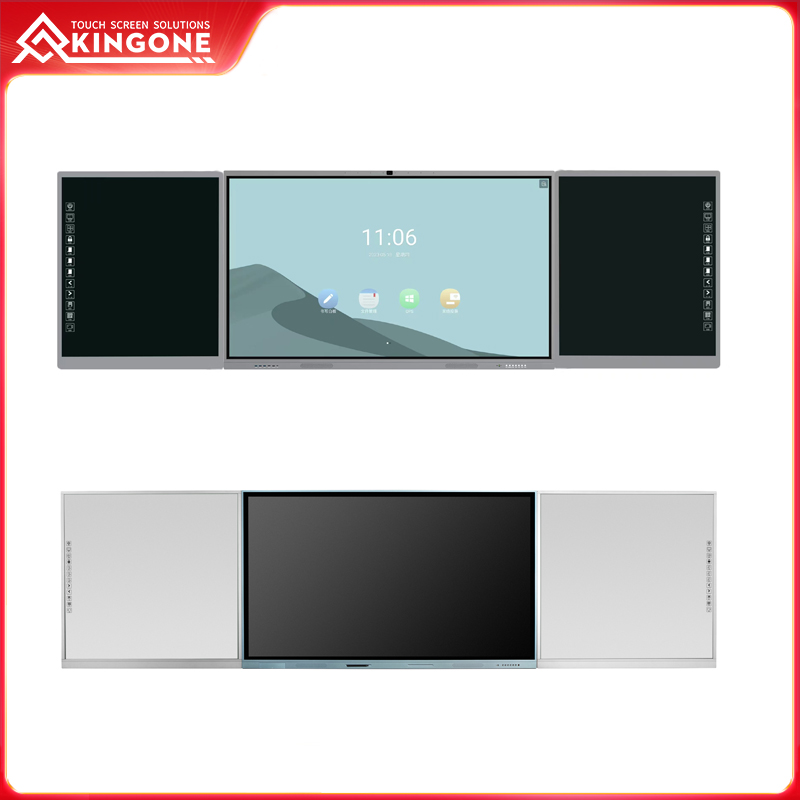The Benefits of Interactive Boards in School Classrooms
Published:
2023-07-13 11:30:05
incorporating interactive boards in school classrooms brings numerous benefits to both students and teachers. These boards enhance student engagement, provide a multisensory learning experience, and promote collaboration and interactive teaching. By utilizing the power of technology, educators create a dynamic and inclusive learning environment that maximizes student potential and improves academic outcomes.
With the rapid advancement of technology, interactive boards have become an integral part of modern-day classroom settings. These interactive tools bring a myriad of benefits that positively impact the overall education process. From increasing student engagement to improving comprehension and retention rates, interactive boards revolutionize traditional teaching methods and foster an environment conducive to positive learning outcomes.
1. Enhanced Student Engagement
Interactive boards play a crucial role in capturing student attention and involvement. The visual and interactive nature of these boards attracts the interest of students, making the learning process more enjoyable and exciting. Students are more likely to participate actively in class discussions, contribute ideas, and ask questions when they have access to interactive elements such as touch screens, digital pens, and multimedia resources. This increased engagement leads to a deeper understanding and better retention of the subject matter.
2. Multisensory Learning Experience
The use of interactive boards allows for a multisensory learning experience, which caters to various learning styles. Students can interact with visual and auditory materials, as well as manipulate digital content using touch and gesture controls. This combination of different sensory inputs facilitates better comprehension by reinforcing learning through multiple channels. Moreover, interactive boards provide opportunities for hands-on activities, simulations, and virtual experiments, enabling students to grasp abstract concepts more effectively.
3. Collaboration and Interactive Teaching
Interactive boards promote collaboration among students and interactive teaching between educators and their students. With the capability to display and share multimedia content, teachers can incorporate a wide range of resources, including videos, images, and interactive educational software. This facilitates group discussions, peer-to-peer learning, and cooperative tasks, fostering a sense of teamwork and enhancing critical thinking and problem-solving skills. Additionally, teachers can easily annotate and highlight important points on the board, enhancing clarity and understanding.
In conclusion, incorporating interactive boards in school classrooms brings numerous benefits to both students and teachers. These boards enhance student engagement, provide a multisensory learning experience, and promote collaboration and interactive teaching. By utilizing the power of technology, educators create a dynamic and inclusive learning environment that maximizes student potential and improves academic outcomes.
 English
English







